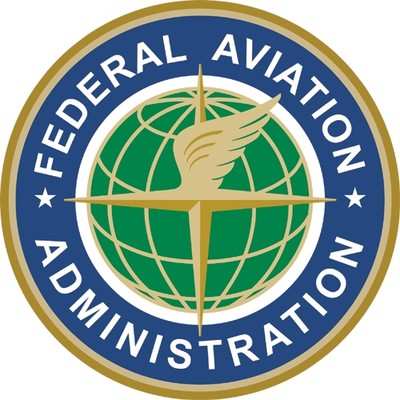Sun, May 01, 2016
The FAA Administrator Says Progress Is Being Made On UAS Issues
The FAA held a UAS Symposium in conjunction with Embry-Riddle Aeronautical University last week to broaden the dialogue with industry and the public on how to safely integrate unmanned aircraft into the National Airspace System.

FAA Administrator Michael Huerta and Deputy Administrator Mike Whitaker both noted the tremendous progress the FAA and industry have made on integration by working together collaboratively. They called on the attendees to build on this success by helping the FAA frame the next steps for future collaboration on the bigger integration challenges.
"Working together, we have accomplished a truly incredible amount in the last couple of years. But we’re still really at the beginning of the process," Huerta said during his keynote address. "We need to start thinking about bigger challenges, so I propose that we use this symposium to frame these challenges together."
Huerta noted safety is a shared responsibility. He said the FAA-industry partnership is working because both respect that they sometimes have different viewpoints but ultimately find common ground. This has resulted in a string of recent accomplishments.
For example, the FAA assembled a diverse task force last fall that helped create a robust drone registration system in record time. Today, more than 425,000 people have registered their drones, absorbing the FAA’s shared safety message in the process.
Based on the success of the registration task force, the FAA formed an aviation rulemaking committee in March to develop recommendations for how the agency could allow certain unmanned aircraft to operate over people. The committee delivered a comprehensive report earlier this month that will help shape a new rule.
The agency has also streamlined the Section 333 and UAS test site processes to make it easier to fly. The small UAS rule, which will be finalized in late spring, will allow for routine commercial drone operations and eliminate the need for most Section 333 exemptions.
The wide-ranging viewpoints and feedback provided during the UAS Symposium will inform the FAA’s long-term discussion on UAS integration. It will also mark the beginning of a new phase of the collaboration that will help the FAA identify and prioritize integration challenges. Administrator Huerta will report on next steps during AUVSI’s XPONENTIAL (that’s a major UAS related convention) next month.
More News
“Our company is moving in the right direction as we start to see improved operational performance across our businesses from our ongoing focus on safety and quality. We conti>[...]
Aero Linx: International Committee for Airspace Standards and Calibration (ICASC) The International Committee for Airspace Standards and Calibration (ICASC) was created following t>[...]
From 2013 (YouTube Edition): One Of Aviation's Most Positive Efforts... The VAC!!! In all the doddering, misleading, anti-aviation blather we've had to deal with over the last few >[...]
Also: CiES Documents, Hypersonic Tech, SKYTRAC Health Monitoring, Skyryse Archer Aviation announced a blueprint for an eVTOL network in New York City that would connect travelers b>[...]
Also: Sun Country CEO to Spirit, Indian AF Rafale Jets, Archer-United, Avflight Grows Federal prosecutors recently filed a lawsuit against an uncertified charter flight company and>[...]
 Aero-News: Quote of the Day (04.27.25)
Aero-News: Quote of the Day (04.27.25) ANN's Daily Aero-Linx (04.27.25)
ANN's Daily Aero-Linx (04.27.25) Classic Aero-TV: Veteran's Airlift Command -- Serving Those Who Served
Classic Aero-TV: Veteran's Airlift Command -- Serving Those Who Served Airborne-NextGen 04.22.25: NYC eVTOL Network, ForgeStar-1, Drone Safety Day
Airborne-NextGen 04.22.25: NYC eVTOL Network, ForgeStar-1, Drone Safety Day Airborne 04.21.25: Charter Bust, VeriJet Woes, Visual Approach Risks
Airborne 04.21.25: Charter Bust, VeriJet Woes, Visual Approach Risks



